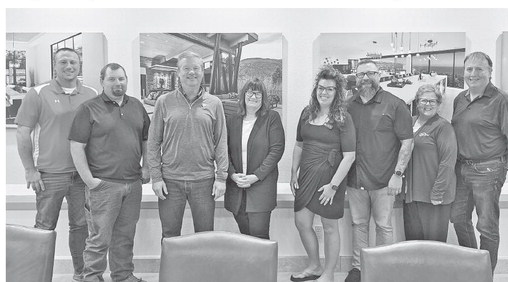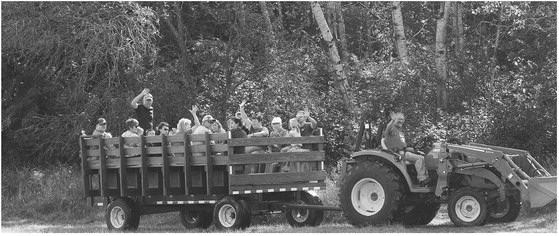Next governor needs to be able to seek bipartisan solutions
With the entry of Rep. Tom Tiffany and former Wisconsin Economic Development Corporation chairman Missy Hughes in the past week, the ranks of those seeking to succeed Gov. Tony Evers continues to expand.
As of press time, on the Republican side it is Tiffany and Washington County Executive Josh Schoemann after Milwaukeearea manufacturer Bill Berrien dropped out of the race for not remembering to do the social media equivalent of clearing your browser history.
The Democrat side is even more crowded with Hughes joining Lt. Gov. Sara Rodriguez, Milwaukee County Executive David Crowley, Rep. Francesca Hong of Madison., State Sen. Kelda Roys of Madison, student Zachary Roper, Milwaukeearea beer vendor Ryan Strnad, and former legislator Brett Hulsey. With the election more than a year away, there is little doubt that the pool of candidates will continue to grow in the coming months.
While their messages and platforms may be different, over the next several months each of the candidates will be attempting to sell voters on the message that they are the best person for the job. They will each have their talking points, touting resumes listing achievements and the accolades of supporters in their attempt to sway voters.
Voters should do their homework and pick the candidate they feel will best lead Wisconsin forward regardless of political affiliation. Wisconsin has been, and will continue to be, a mixed state when it comes to politics whether those differences are political labels of Democrats versus Republicans, geographic of rural versus urban/suburban, or economic between wealthy and those living paycheck to paycheck.
The industry of career political operatives works to exploit these differences, as fracture points in campaigns of divide and conquer. Rather than allowing the machinery to grind voters down to an us versus them mentality, voters must ask every candidate what they will do to build bridges with their opposition.
Voters must judge candidates not only on the vacuous promises to accomplish grand things, but on their plans to engage and include differing voices as they work to achieve solutions to issues that arise.
Wisconsin government works best when lawmakers set aside partisan labels and their artificial differences and work together toward a common goal. This sort of bipartisan effort could be seen this summer when Gov. Evers and legislative leaders worked together on a budget deal.
Compromise is a part of effective leadership. The long-standing divisions in Wisconsin will not go away regardless of who occupies the governor’s residence. The measure of success for any person elected to the state’s chief political role will be how effective they are at building bridges between opposing viewpoints to create connections between people to reach a common goal.
As the election campaign season heats up, there will be heated political debates and candidate pontificating about why they are the best choice. There will be political attack ads filled with half-truths or outright lies to enflame their base of voters or vilify their opponents.
Wisconsin voters must look for a leader who will take the higher road and be willing to reach across the political aisle for bipartisan solutions.





